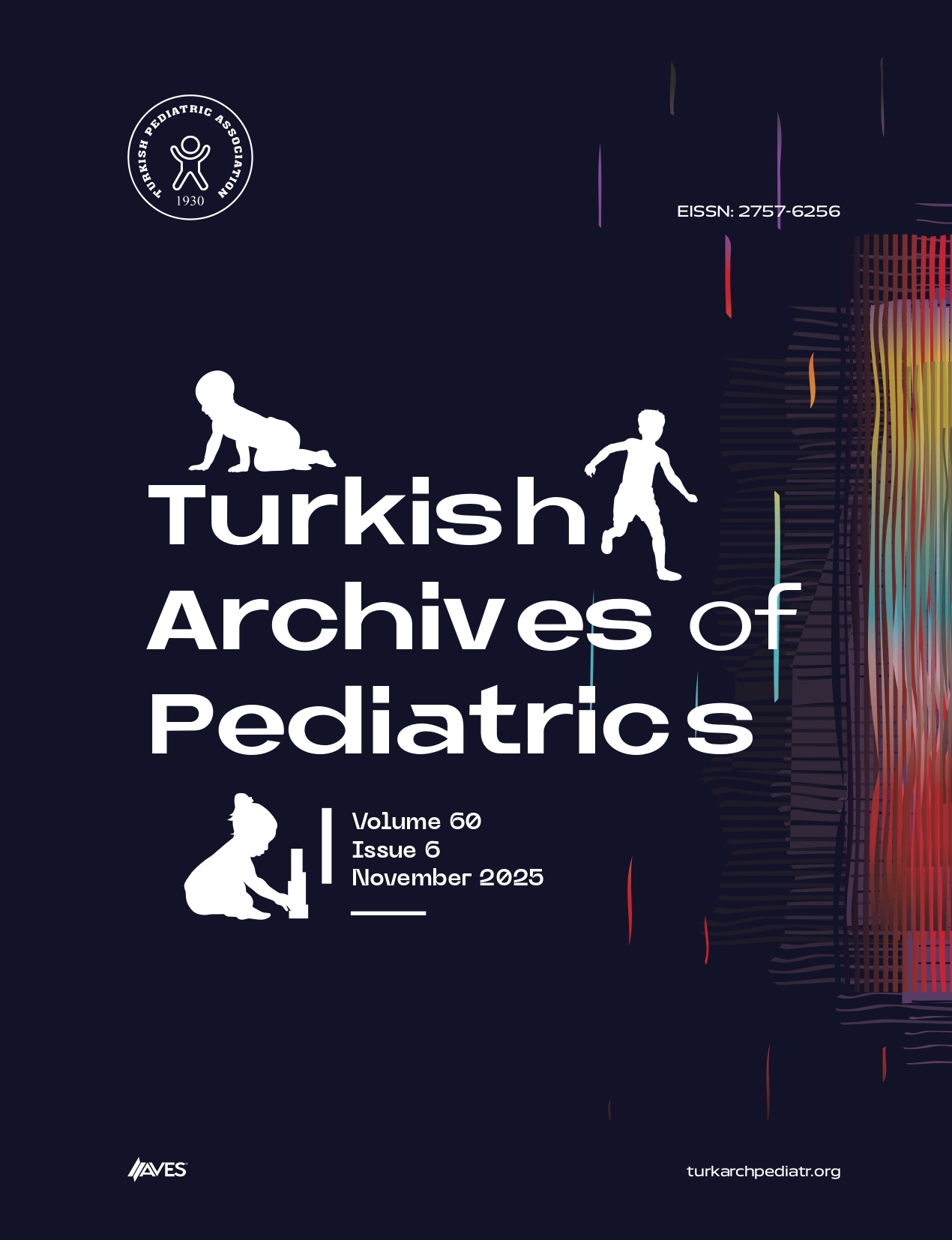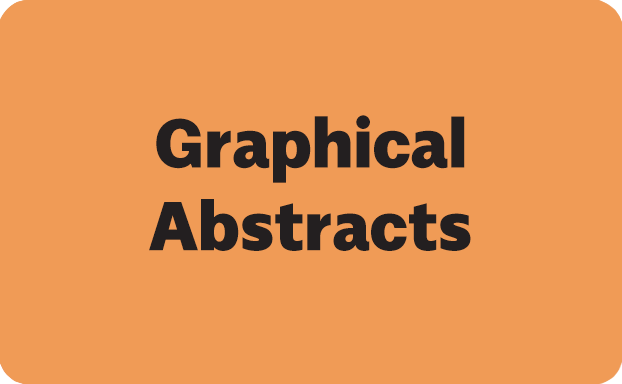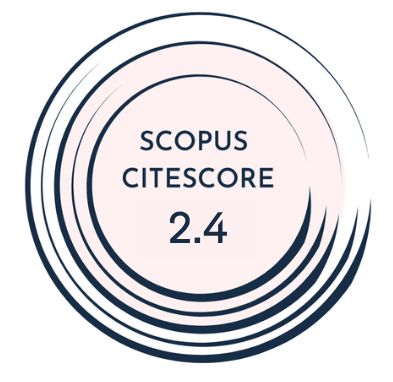Objective: This study aimed to evaluate the impact of the revised 2022 American Academy of Pediatrics (AAP) guideline for hyperbilirubinemia on hospitalization rates and short-term outcomes.
Materials and Methods: This retrospective observational study compared 2 periods, before (period 1: January 1-August 31, 2022) and after (period 2: September 1-December 31, 2022) implementation of the AAP 2022 guideline in a tertiary neonatal unit. Neonates born at ≥35 weeks’ gestational age who met phototherapy criteria were included. In period 2, infants who would have been hospitalized under the previous 2004 guideline but not under the new one were followed to assess the need for hospitalization and the occurrence of neurotoxicity.
Results: The rate of hospitalization due to hyperbilirubinemia decreased from 23% (n = 95/409) in period 1 to 14% (n = 25/173) in period 2 (P = .017). When the new guideline was retrospectively applied, it was found that 58% (n = 55) of previously hospitalized patients in period 1 would not have required admission under the new criteria. In period 2, 37 neonates met the previous criteria, but only 25 were hospitalized under the new guideline; 2 of the 25 required rehospitalization. The remaining 12 newborns were followed as outpatients without developing neurotoxicity. Overall, 51% (n = 67) of newborns who met previous criteria did not meet the new hospitalization thresholds.
Conclusion: The implementation of the AAP 2022 guideline was associated with a reduced risk of hospitalization without an increased risk of bilirubin-related neurotoxicity. Structured followup and individualized risk assessment remain essential for safe outpatient management.
Cite this article as: Demirtaş F, Kütükçü B, Köstekçi YE, et al. Impact of the 2022 American Academy of Pediatrics hyperbilirubinemia guideline on hospitalization rates and short-term outcomes: A single-center study. Turk Arch Pediatr. 2025;60(5):531-535.



.png)

